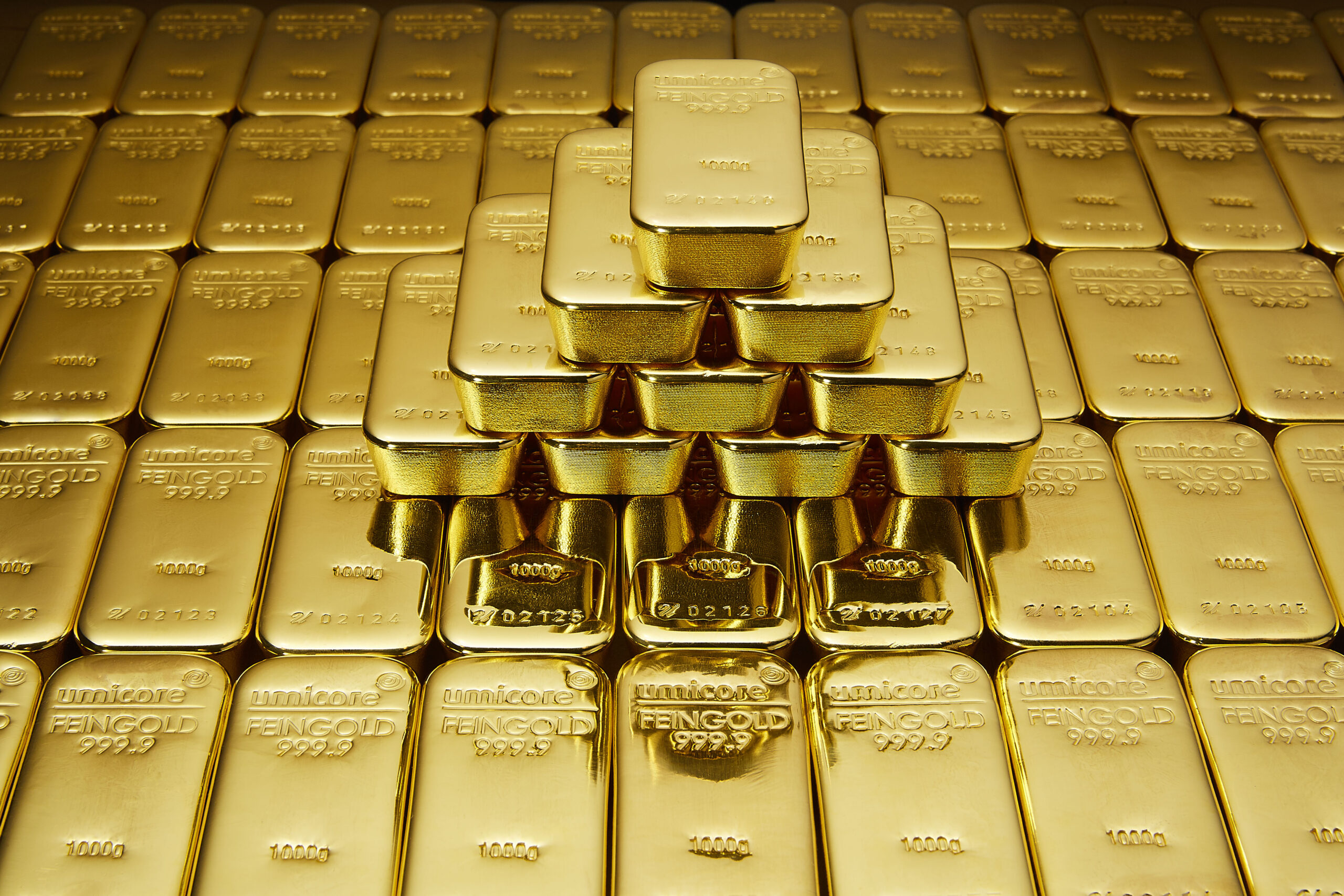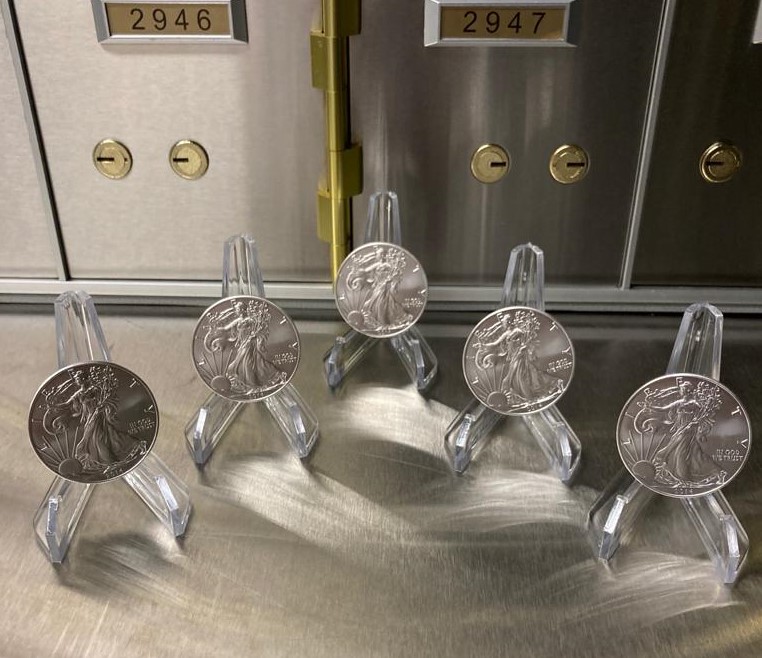
21/07/2023: This Week in Gold with Market Updates
Gold Price Action:
Gold opened the week trading at $1,955. The opening trading day saw prices remain relatively flat, with no large fluctuations. The previous week saw gold meet resistance at the $1,960 level. It finally broke through this level on Tuesday which led to a rally in price, with gold closing 1.16% higher for the day at $1,978. Gold consolidated around the $1,975 level mid-week, before the release of favourable CPI data in the U.K. Lower than expected CPI allowed gold to push through the $1,975 point on Thursday and reach a weekly high of $1,987. At $1,987, gold reached a level that was not seen since May. However, the new high preceded an almost immediate reversal and the beginning of a steady downward trajectory for the remainder of the week. At the time of writing, gold is trading at $1,961. Below is a graph highlighting gold’s performance throughout the week:
Silver Price Action:
Silver opened at $24.94. On Monday, price fluctuated and traded within a relatively wide range of 1.36%. From the open on Tuesday, silver embarked on a solid upward trajectory, posting higher highs and higher lows. A weekly, and new monthly high of $25.25 was hit on Thursday after a rally in price following the announcement of lower CPI data in the U.K. the previous day. Similarly to gold, this new high experienced an immediate reversal towards the end of the trading day on Thursday with price falling as much as 2.14% to $24.71. Price rebounded slightly on Friday and met resistance at $24.85, a level that it hit multiple times throughout the week. At the time of writing, silver is trading at $24.70.
Market News:
U.K. CPI: (Inflation Rates)
The U.K. received promising news regarding inflation for the first time in over a year with CPI falling to 7.9%. The June figure was a welcome drop from the 8.7% that was recorded in May and was the lowest rate since March 2022. With the forecast of 8.2% being beaten, U.K. investors lowered their terminal interest rate expectations. However, inflation remains sticky, and well above the BOE’s 2% target rate. Keeping this in mind, it is still expected that the BOE will raise interest rates multiple times before the end of 2023. The following graph shows U.K. inflation rates over the last 35 years.
As shown above, U.K. inflation is still incredibly high compared to the recent historical rates. In the late 1980’s, inflation was at similar levels due to what is called demand-pull inflation. This occurred because of the rapid economic growth that the U.K. was experiencing at the time with prices moving up due to shortages in supply. Since 2021, rising inflation has been caused by cost-push inflation, a situation where price increased due to rising food and energy costs. U.K. inflation remains the highest of all G7 nations, highlighting the importance of the BOE’s role in stabilising prices. It is widely expected that the BOE will raise rates by a further 25bps at the next Central Bank meeting.
Conclusion:
Although high inflation is good for gold, the latest data released by the U.S. and the U.K. showing cooling inflation has led to a rally in the yellow metal’s price. This is primarily down to investor expectations on interest rates. With rates at historically high levels, it is more likely that investors will favour fixed-income securities i.e. securities that offer investors a yield. As gold does not offer investors a fixed income, it is not favourable in a high interest rate environment. Lower inflation rates provide investors with a signal that interest rates may soon begin to fall, thus moving money out of debt capital markets and into the gold and silver markets.
If you are interested in investing in precious metals with Merrion Gold, then call us on 01 254 7901 or email us at info@merriongold.ie. A list of the products that we have to offer can be found at: Buy Gold (merriongold.ie) and Buy Silver (merriongold.ie).

